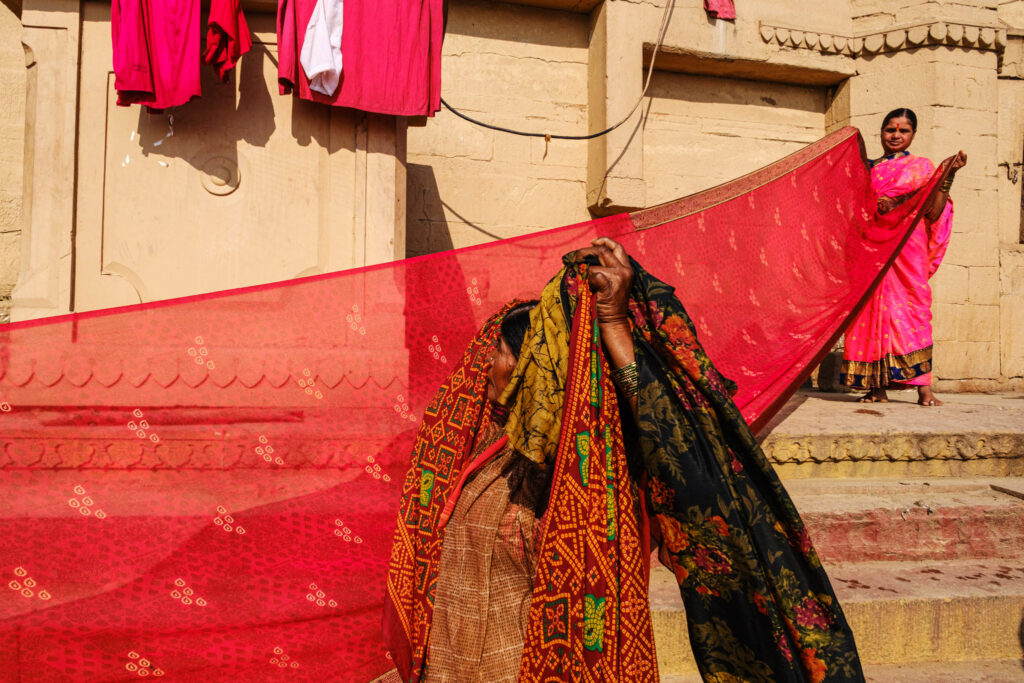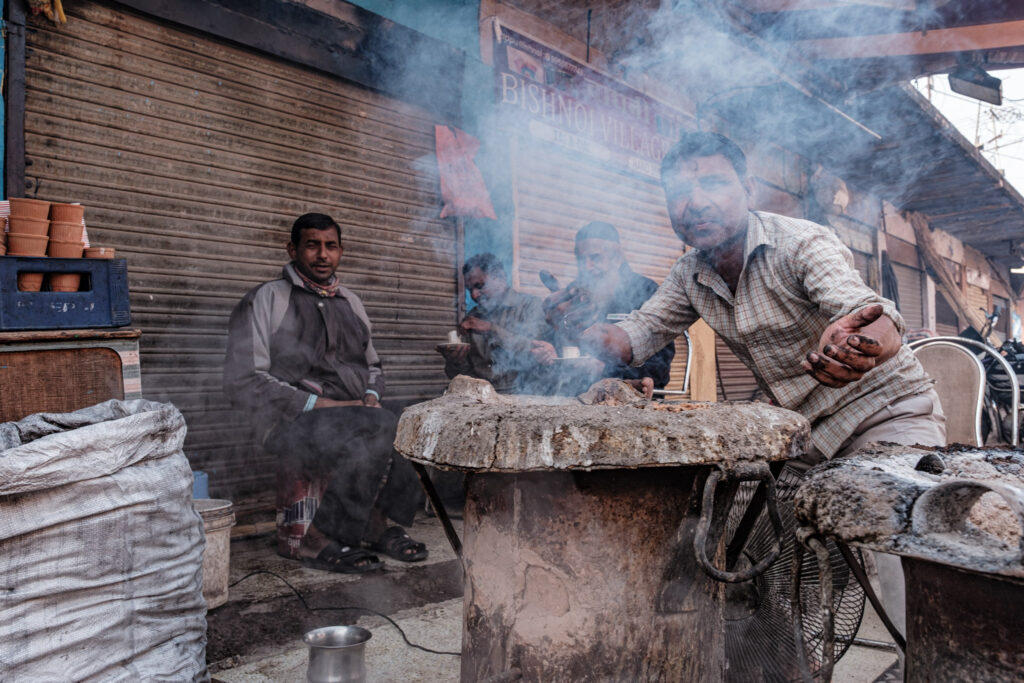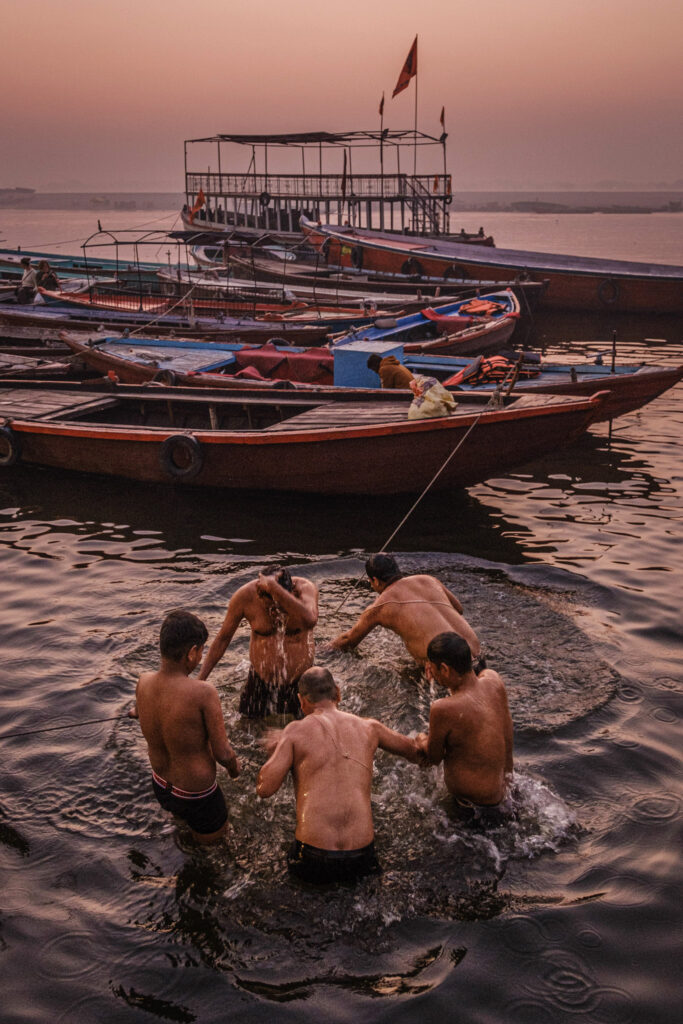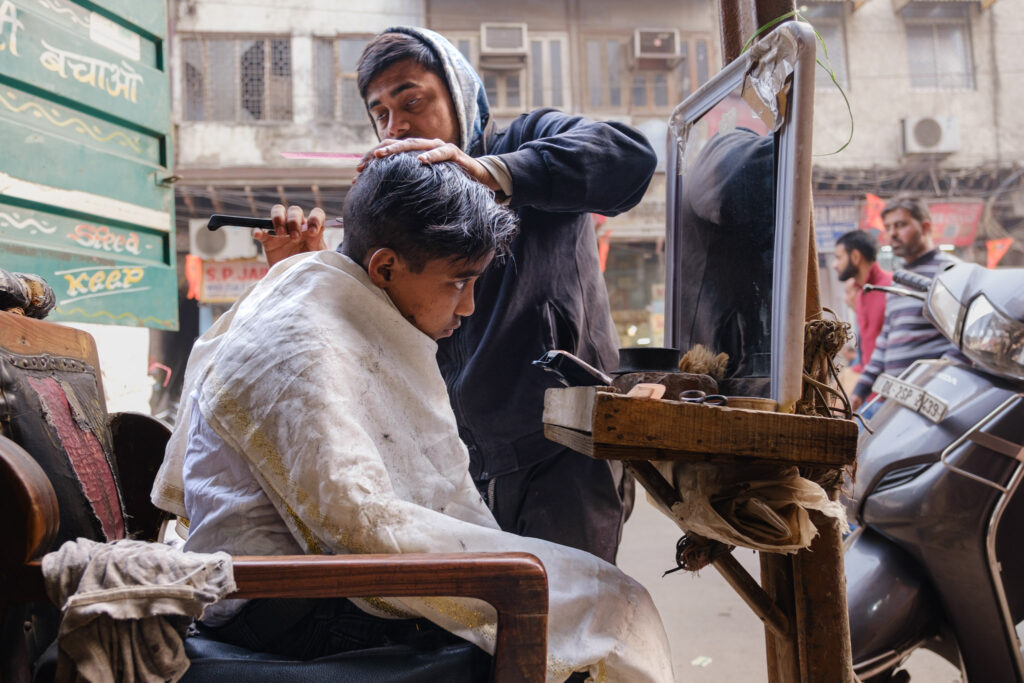Unscripted Brilliance: Candid Photography and the Pursuit of Freshness
This is going to sound controversial but I think there is so much mimicry in photography nowadays that the medium is at risk of crumbling into stale banality.
While we may blame images-based social media (such as Instagram), the fact is that photographers have long sought to recreate existing works, perhaps as a measure to claim the same skillset or fame as the original progenitor of said works. Social media has simply made this even more visible and encouraged the drive to mimic, instead of the drive to create.
After a while, you start to notice a kind of repetition. Trends cycle through. Styles get borrowed. Poses reappear. The same iconic landforms and views get shot again and again and again and lose their iconic status.
Documentary, candid photography is different. When you look at the work of early practitioners like Robert Doisneau or Henri Cartier-Bresson, there’s a sense that these weren’t just photos—they were real-life moments, caught by someone who knew how to look. The photographer was there, ready, and didn’t hesitate. There’s no repeat take. No second shot. The moment moved on. Blink and you miss it.
The same is true for later voices in street photography. You can see the pace of life in their work. You can feel how quick it all is. That edge of unpredictability. The sense that anything could enter the frame, and often does. The challenge here is recognising the moment and its potential, framing it and taking it; there is no second chance. The strength of the image relies entirely on whether the photographer recognised something—something ordinary, something odd, something human—and acted fast enough to get it.

Documentary and street photography are not about building a shot. They’re about catching one. This single difference changes everything. It means you’re always responding, not directing. You’re not the author of the scene. You’re just the one paying closest attention.
Life doesn’t repeat itself, neither does this kind of photography. You can’t imitate it the way you might imitate a studio setup or a landscape composition. You can’t go to the same place and expect the same scene. It’s all moved on. The freshness doesn’t come from technique—it comes from time. From change. From chance.
Other genres, by their nature, invite imitation. You see a striking portrait and think, “I could try that lighting.” You see a moody coastline and hunt down the same headland. That’s how a lot of photographers learn—by recreating what’s been done well. And there’s value in that. But the result is often a kind of visual echo. Nicely made, sure, but missing that spark of fresh unpredictability and immediacy.
Documentary work doesn’t offer that kind of safety net. It’s hard to teach. Harder to plan. It’s driven by instinct, not formulas. You walk around with your camera, not knowing what you’re after until you see it. Sometimes you don’t get anything. Sometimes everything lines up for half a second. That’s the game.

Oft times, it is easy to come back with terrible shots. Safe but awful images that don’t say anything. But only because the photographer hasn’t pushed through barriers and boundaries.
And that’s why the best work in this field still feels so alive. It just shows something as it was, in that moment, with that light, and those people, and all the mess and movement that come with it. There’s something gutsy about good street and documentary photography and its because the photographers break through their comfort levels and step into the moment, instead of observing it from a “safe distance”.
A lot of photographers—especially when starting out—tend to keep to this safe distance. hover on the edge of the action, long lens in hand, telling yourself you’re observing. And sometimes, sure, that’s enough. But the best work in this field? It doesn’t come from the sidelines.
It comes from people who push past that line. Who feel the awkwardness, the tension, and go in anyway. That closeness matters. It’s not just physical. It changes the energy of the image. The viewer feels it.
Photographers like Joel Meyerowitz and Bruce Gilden made a point of getting close. Not sneaky-close, not zoomed-in-from-across-the-road close. They didn’t flinch. They didn’t hide. They moved through crowds like they belonged there, camera at the ready, catching people mid-step, mid-thought. There was no safety net. And that’s what gives their images power.
More contemporaneously, Eduardo Ortiz travels the world shooting street; moving into spaces that most photographers would fear to tread, and coming away with images resonating with moment, manner and meaning.
There’s a kind of exposure in this style of photography, and not just for the subject. You’re exposed, too. You’re visible. And with that comes discomfort. You worry about being seen as intrusive. You wonder if you’re overstepping. But often, that’s the exact space where the real picture occurs. Once you’re close, when you’ve let go of needing to stay safe or anonymous, the work gets more direct, more intimate. You’re not just documenting life—you’re brushing up against it.

It’s easier to photograph people from afar. It’s less confronting. There’s a whole culture of zoom lenses and street shots taken from far away (Instagram is full of these). But those images often feel cold, disconnected, like images of architecture rather than images of life.
This is what separates the sharp observer from the timid onlooker. Anyone can point a camera from the shadows. It takes nerve to walk into the middle of things and hold your ground.
And yes, sometimes people will notice and react. Sometimes you’ll feel out of place. But that edge—the awkwardness, the adrenaline of being in that moment, the celebration of your vulnerability —that’s where a lot of the good stuff lives.
Street and documentary photography isn’t about control. It’s not a studio. It’s not landscape. You’re not shaping the world. You’re meeting it, without barriers and without judgment. You don’t get that kind of truth by setting up a tripod and waiting for the perfect shot. You get it by being part of the world, eyes wide open, camera in hand.
Resources:
- A Day of Street Photography with Eduardo Ortiz (YouTube)
- Bruce Gilden in the Streets of New York (YouTube)


No Comments